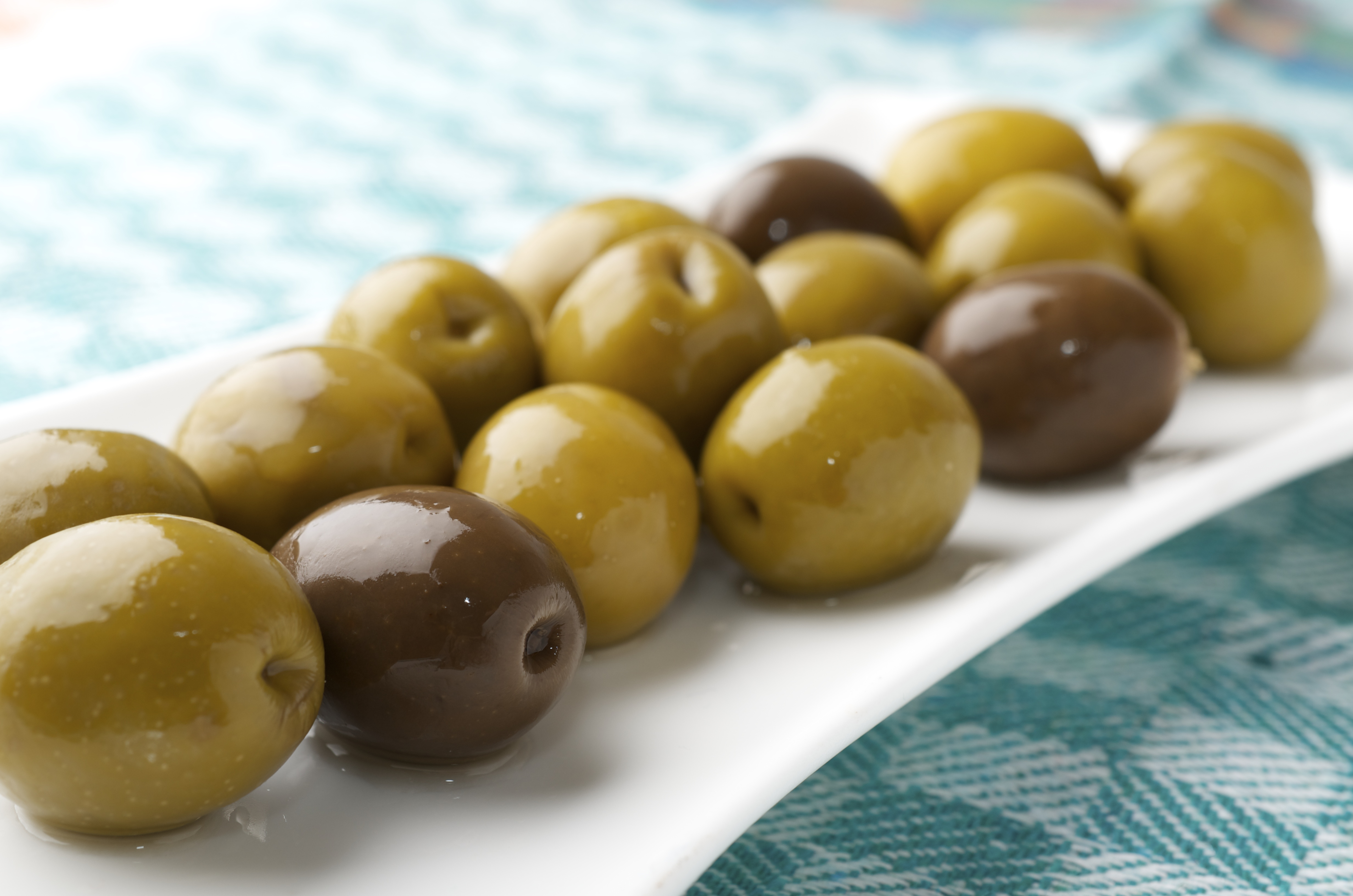Widely common olive species excel as natural inhibitor of Parkinson’s disease
The compositions of antioxidants in a certain species of olive fruits have been found to be superior in protection against Parkinson's disease. As Parkinson's disease is one of the most common neurodegenerative diseases, but still without a cure, this is an important finding on the way to combat this crippling condition.

Parkinson’s disease (PD), the second most common neurodegenerative disease, is characterized by the breakdown of important nerve cells due to the build-up of certain substances inside these nerve cells, known as Lewy bodies. The build-up of Lewy bodies causes the symptoms you may have seen in PD patients: shaking, rigidity, slowness of movement and difficulties walking.
The major component of Lewy bodies is the protein called alpha-synuclein (αSN), which readily clumps together with fellow-αSN to form complexes of varying size. It can both be small soluble complexes (αSN-oligomers, αSOs) as well as large insoluble aggregates (fibrils). Of these the αSOs are thought to be the most toxic species.
Read also: New high-throughput screening study may pave the way for future Parkinson’s disease therapy
If we can prevent or reduce αSN aggregation we have a good way to halt PD development and its crippling symptoms. Consequently, there has been an intense hunt for molecules that prevent αSN fibrillation and oligomerization and/or reduce the toxicity of aggregates that have already been formed. Olive fruit extracts contain a certain kind of antioxidants (natural preservatives in various food) called polyphenols, which previously have been found to protect against a number of chronic degenerative conditions.
There are hundreds of olive varieties, classified based on their origin. During his research in the lab of Daniel Otzen, Dr. Hossein Mohammad-Beigi (now postdoc with Prof. Duncan Sutherland at iNANO) initiated studies on a number of different olive fruits from Iran to investigate whether specific beneficial polyphenol-rich olive varieties could be identified. A systematic study of the effect of fruit extracts of different olive varieties established that the most widely consumed olive strain, the Koroneiki strain, most efficiently inhibited αSN fibrillation. The composition of different Polyphenolic molecules in the extracts differed markedly among olive varieties.
In general, it was shown that certain polyphenols efficiently reduce αSN aggregate toxicity by redirecting αSN aggregation towards nontoxic species. Consequently, the polyphenols in olive fruits play a significant role in protection against PD and the selection. Promotion of beneficial polyphenol-rich olive varieties for long-term use may have implications for long-term human health and help combat PD at the population level.
Read also: Exploring the impact of nanoparticle design on Parkinson's disease therapies
This work was financially supported by Center for International Scientific Studies and Collaboration (CISSC) and Independent Research Fund Denmark.
The research has been carried out by scientists from Interdisciplinary Nanoscience Centre (iNANO), Department of Molecular Biology and Genetics and Department of Biomedicine-Medical Microbiology and Immunology at Aarhus University (AU) in collaboration with National Institute of Genetic Engineering and Biotechnology (Iran), Rothamsted Research, (United Kingdom). Professor Daniel Otzen and Dr. Hossein Mohammad-Beigi have been in charge of the research team behind the study.
The paper was featured as one of the Recommended Reads by Journal of Biological Chemistry.
For further information, please contact
Professor Daniel Otzen
Interdisciplinary Nanoscience Center and Department of Molecular Biology and Genetics
dao@inano.au.dk – +45 20725238 –